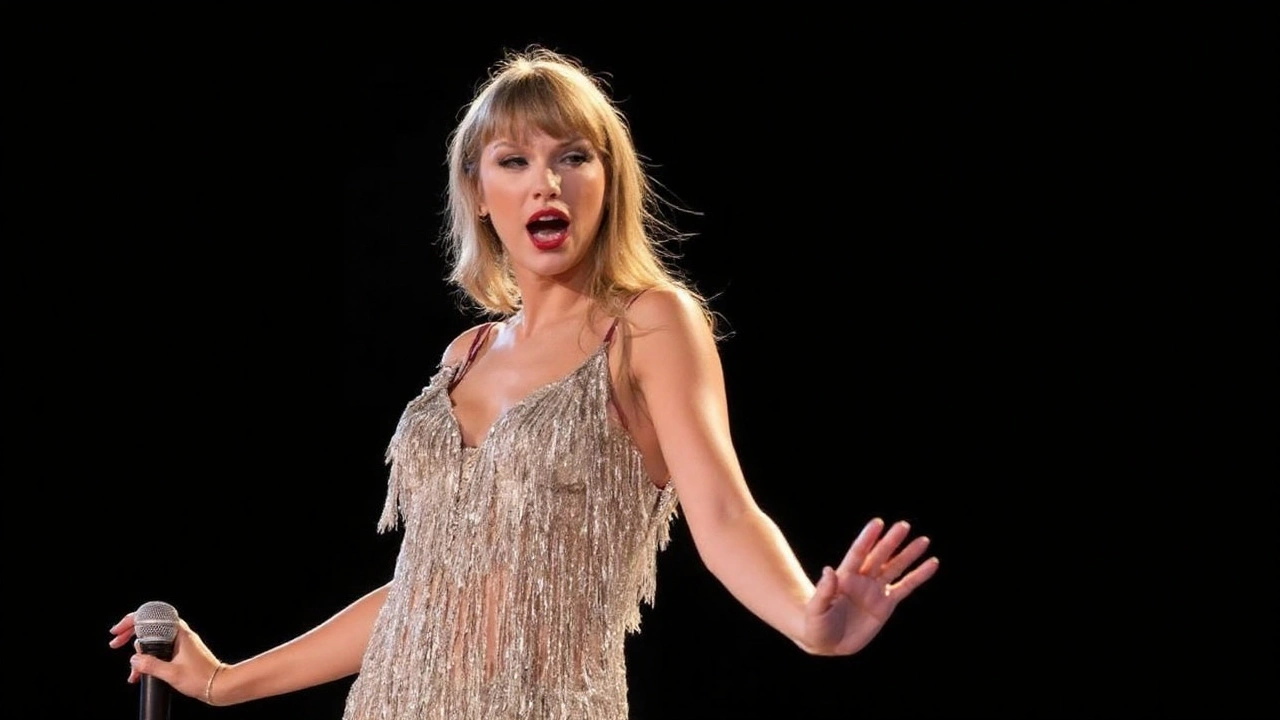What the Three‑Day Theatrical Event Offers
Fans who step into a participating cinema between Oct. 3 and Oct. 5 will watch a tightly edited, 90‑minute film that blends concert footage, documentary interviews, and exclusive visual content. The centerpiece is the brand‑new music video for "The Fate of Ophelia," a track that hasn’t been released on any streaming platform yet. That premiere is paired with a behind‑the‑scenes look at the video’s production, highlighting choreography, set design, and the storyboards that shaped its narrative.
Beyond the video, the film drops fresh lyric videos for several songs on "The Life of a Showgirl." Each lyric clip is accompanied by animated visuals that match the mood of the track, giving viewers a fresh way to connect with the music before they can stream it. Interspersed throughout the program are intimate interview segments where Taylor Swift reflects on the songwriting process, the personal themes she explored on the album, and the creative risks she took.
The experience is deliberately cinematic. The audio mix is optimized for theater sound systems, allowing the audience to feel the low‑end punch of the drums and the subtle nuances of Swift’s vocal harmonies. Seats are reserved in rows, encouraging a communal vibe that mirrors a live concert while still offering the comfort of a movie theater.
Why This Release Matters for the Music Industry
Swift’s decision to stage a limited‑run film follows a pattern she’s set with previous album launches that included on‑demand streaming events and pop‑up listening parties. By choosing the big‑screen route, she taps into a segment of fans who crave shared, immersive moments rather than isolated streaming sessions. The move also signals a potential shift in how major artists might monetize new releases, blending ticket sales with album sales.
Industry analysts point out that the partnership with chains like Marcus Theatres and Cinemark opens doors for future collaborations between record labels and cinema operators. The data from this run—ticket counts, merchandise sales at venue concessions, and post‑show social media buzz—could become a template for other artists looking to reinvent album rollouts.
Moreover, the inclusion of never‑before‑seen content positions the theatrical release as a collector’s item, driving urgency among fans to attend before the three‑day window closes. This scarcity model, paired with exclusive visual material, creates a buzz that spills over into social platforms, potentially boosting streaming numbers once the album drops digitally.
Overall, the event is more than a promotional stunt; it’s a curated cultural moment that blends music, film, and fan interaction in a way that could reshape how album cycles are structured in the digital age.



